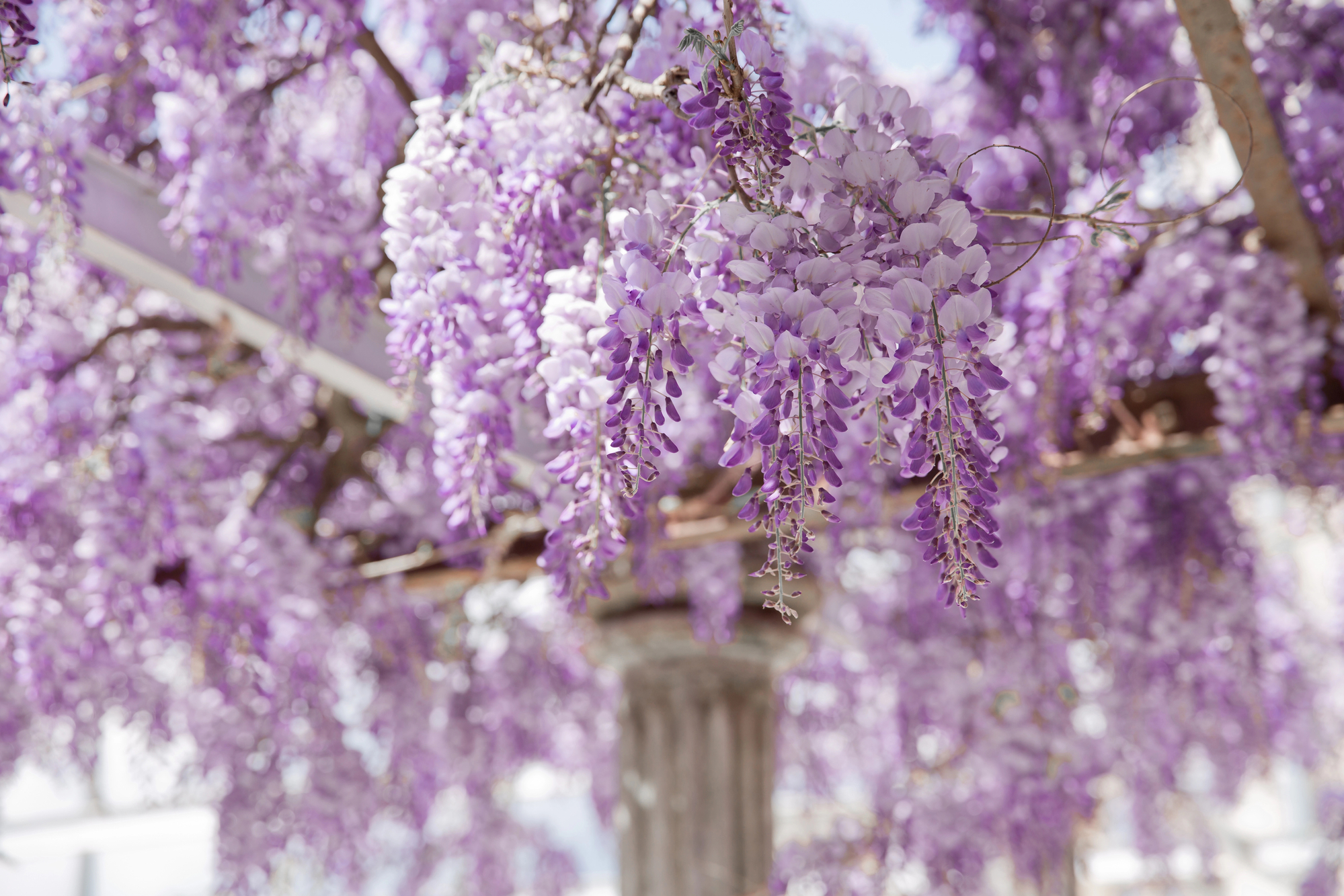The Language of Flowers
Like many a 19th-century novelist, I use the Language of Flowers throughout the Lazare Family Saga as part of my symbolism. I explain some of this floral code in my books, while other references are “Easter eggs.” In this post, I’ll unpack some of those meanings, and I’ll include illustrations in case the word “anemone” conjures a sea creature instead of a flower for you. (I’ll remove the character names for the big stuff, but SPOILERS ahead!)
The Language of Flowers, or floriography, dates back to ancient times, and Shakespeare uses it memorably in Ophelia’s mad scene. Floriography became especially popular during the Victorian era not only in England but also in the United States. The Language of Flowers is a way to send secret messages: only someone who knows what each flower signifies will understand the message. When you cannot express your love openly, you can say it with flowers!
The first thing I learned in my research is that any particular flower doesn’t have a single meaning but many. Sometimes the meanings change over time. Today, yellow roses mean friendship. In the Victorian era, they meant infidelity. Even 19th-century flower dictionaries often give contradictory meanings for the same flower.
As an author, I found this freeing. I could choose the meaning or meanings that made sense for my story and leave the others in the flower dictionaries. For example, wisteria can mean:
1. Welcome, fair stranger
2. I cling to thee
3. Helpless and delicate
4. Daughter’s sweetness
The first two meanings are perfect, and I mention them in Native Stranger: one of my heroines elopes with a handsome young man she met less than two weeks before, and they experience a night of mutual passion beneath a wisteria pergola. The second two meanings, I discarded.
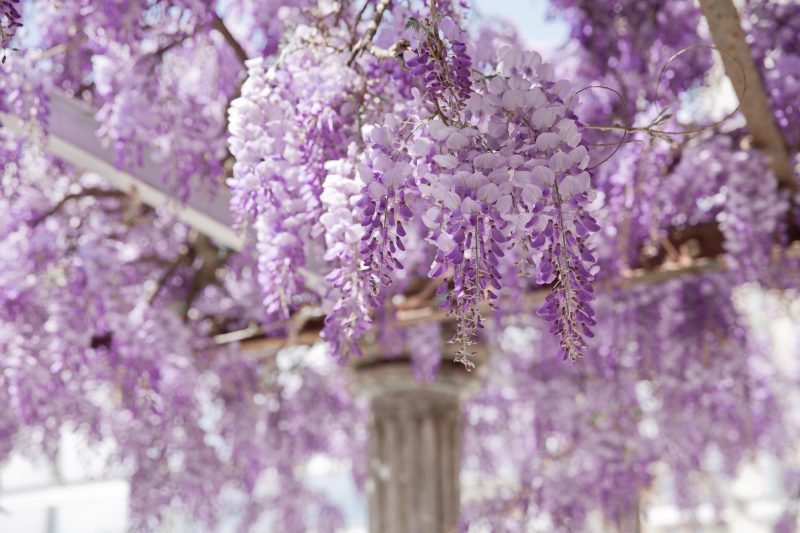
Gardenias mean both purity and ecstasy—but as I argue in the Lazare Family Saga, I don’t believe those two are mutually exclusive. Lilies meant innocence long before the Victorian era, which is ironic considering the boldness of their sexual parts!
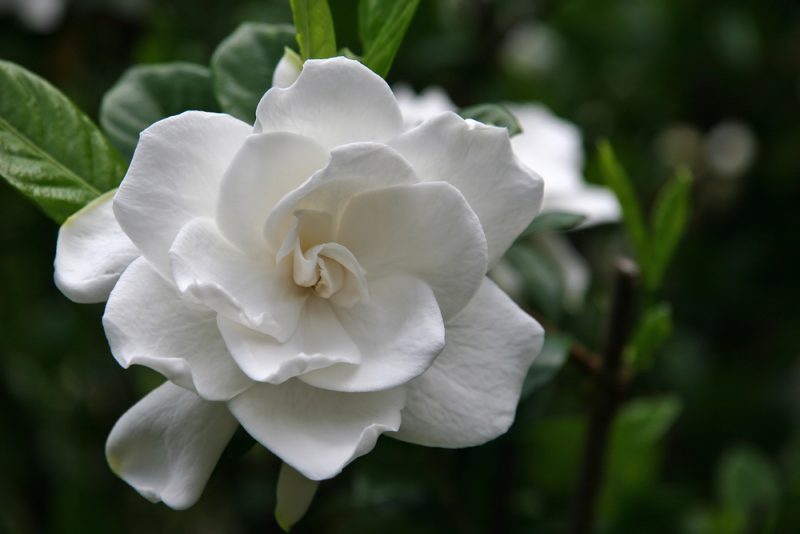
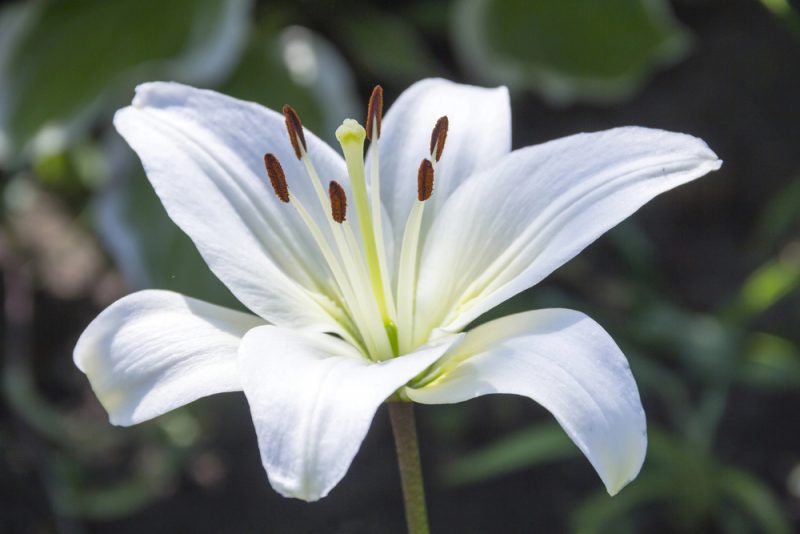
The Language of Flowers is particularly well-suited to my characters Father Joseph Lazare and Tessa Stratford: not only are they both gardeners, they are also secret lovers. When they first meet in Necessary Sins, Tessa is wearing a pink camellia in her hair. Camellias mean “my destiny is in your hands.” When Joseph and Tessa finally admit their forbidden love for each other, she’s wearing a lilac-colored gown. Because they need colder winters, lilacs don’t grow well in coastal South Carolina; but I liked their meanings, and using lilac as a color was a way to include them. Lilacs signify: the first emotion of love, the beautiful sadness of love, and impending farewell—all of which apply to Joseph and Tessa in that scene.
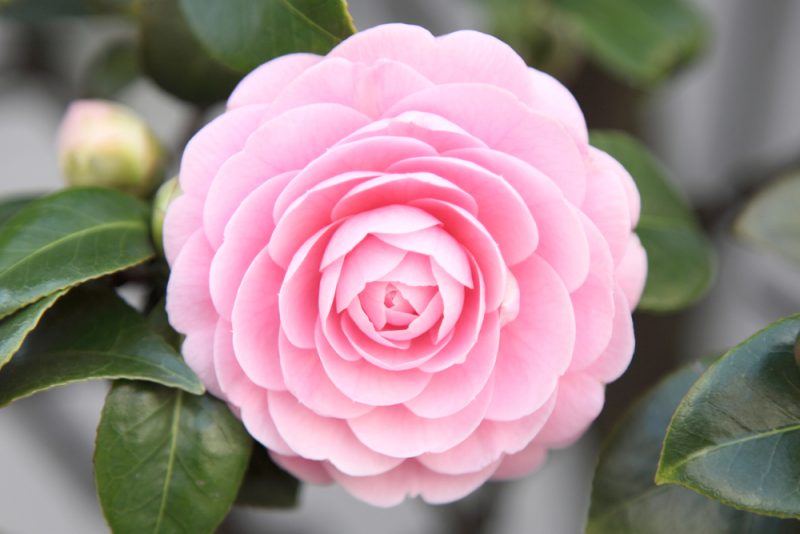
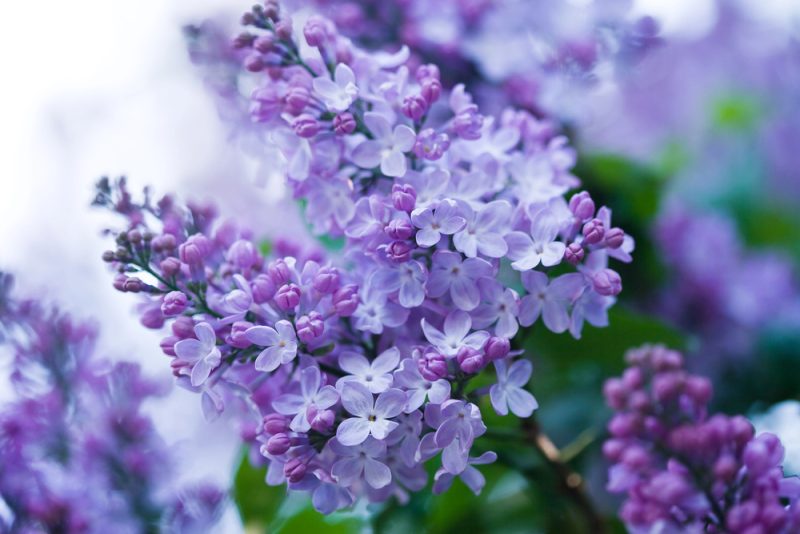
With a family saga, I love to have symbolism that carries throughout the series and works for multiple characters. I was able to accomplish this in the two kinds of Noisette roses Tessa grows in her Church Street garden in Charleston. The first is a white Lamarque rose and the second is a multi-colored, peach-pink Jaune Desprez. For both Tessa and her daughter, these white roses live up to their “secrecy and silence” and “eternal love” meanings in what they witness, while the pink roses fulfill their promise of “perfect happiness.”
This image of a Lamarque rose dates back to the 19th century and can be downloaded from Wikimedia Commons here.
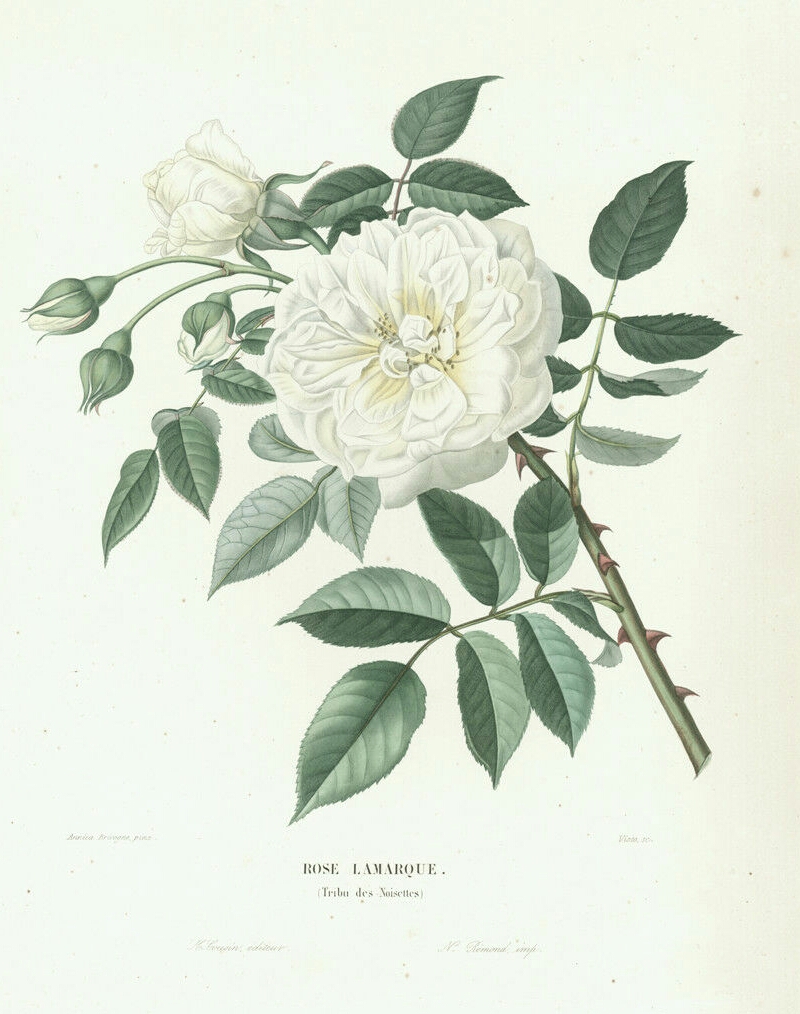
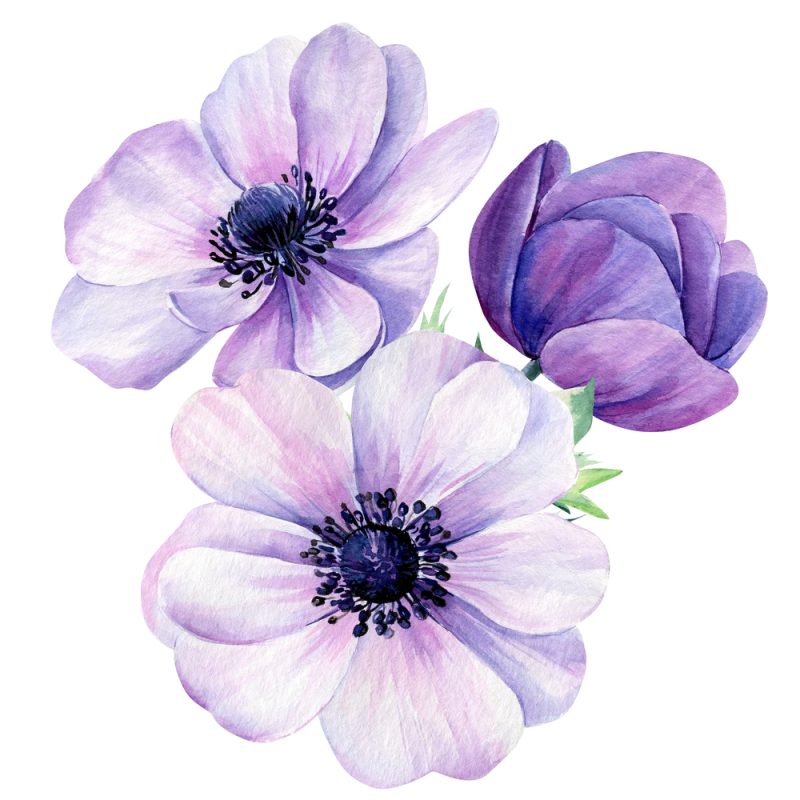
When a character suffers a miscarriage, she is painting flowers. I chose anemones because they mean “abandonment”; from the woman’s point-of-view, her child is abandoning her. Likewise, I associate dogwoods with her miscarriages (sadly plural) because dogwoods mean endurance and “love undiminished by adversity.”
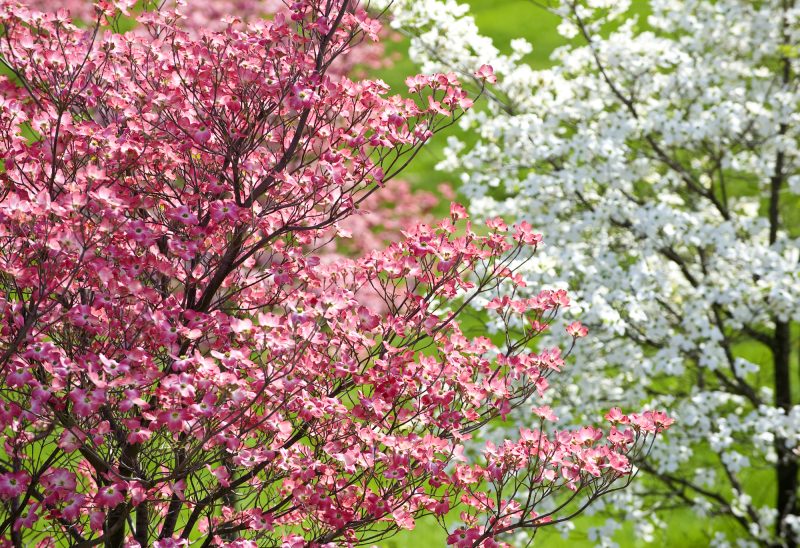
Not all of the plants in Victorian flower dictionaries are actually flowers; some are other parts of plants. One is myrrh. This is a dried resin (similar to sap) from Middle Eastern trees in the genus Commiphore. Myrrh signifies gladness. Joseph burns it in his incense thurible during prayers, and he compares the color of Tessa’s hair to myrrh.
Sage is another plant that isn’t prized primarily for its flowers. I gave a character sage-green eyes for multiple reasons. Firstly, it reminds us of his home in the American West. Secondly, sage has powerful meanings in Victorian flower dictionaries—even if the writers were referring to culinary sage (Salvia) and not the sage of the arid West (Artemisia). Fortunately, both plants are a lovely silver-green. Sage signifies domestic virtue (the character is a faithful and supportive husband), wisdom (from the Cheyenne culture that raised him), and skill (in training horses and ahem, in bed).
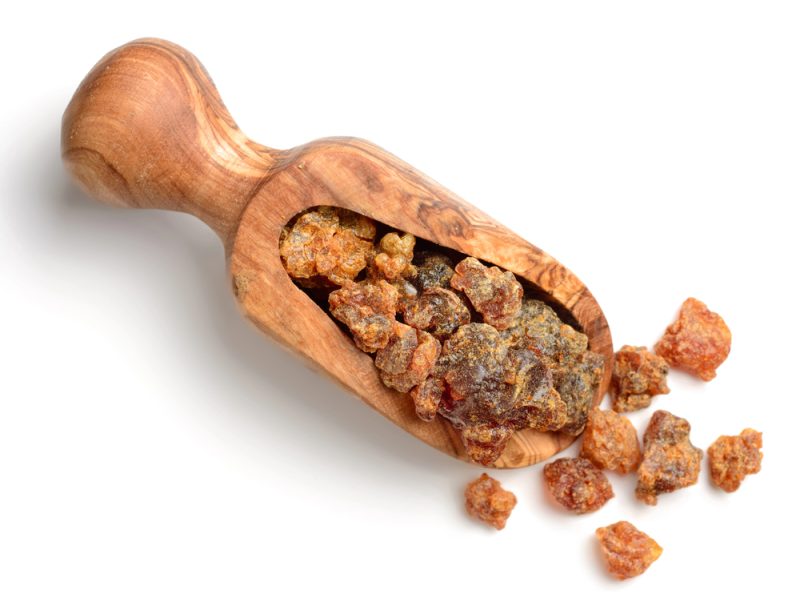

Sometimes, I veer from Victorian meanings in the way I use flowers. For example, when this character from the American West is reunited with his long-lost family in the American South, I have them embrace in a garden “between the columbines and the azaleas.” To me, columbines are emblematic of the West. They’re the state flower of Colorado where I grew up—Cheyenne country—but columbines grow well in South Carolina too. Azaleas, meanwhile, do not grow in arid Cheyenne country, but they are found throughout the South.
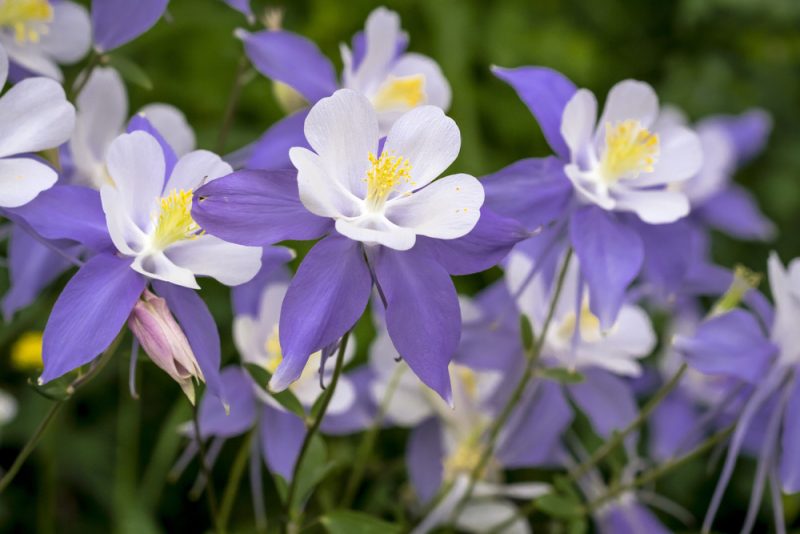
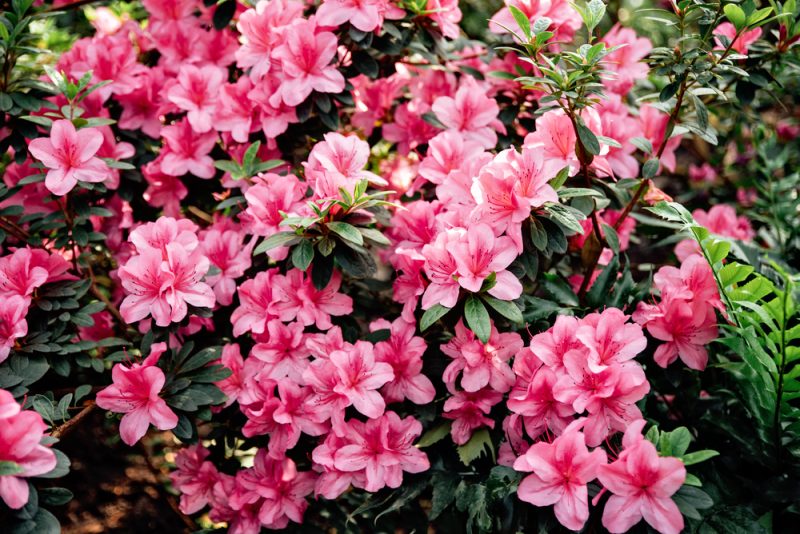
In a surgery scene set outdoors, I mention yellow jessamine, also called Carolina jasmine. Though beautiful and native to the American South, jessamine is highly poisonous if you ingest any part of the plant. To the Victorians, jessamine meant “separation.” Both the literal and symbolic aspects of jessamine foreshadow that this surgery will have a dire outcome.

After Joseph hears Edward Stratford’s first confession and they go to meet Tessa in the Biblical garden, Joseph notices “a weed threatening his Passiflora.” In addition to the Catholic meanings I describe in Necessary Sins, passion flowers also signify romantic passion—and Edward, who will marry Tessa and be a terrible husband, is threatening Joseph and Tessa’s mutual passion. In using the Latin name for passion flowers, I was trying to be surreptitious about calling Edward a weed. 😉
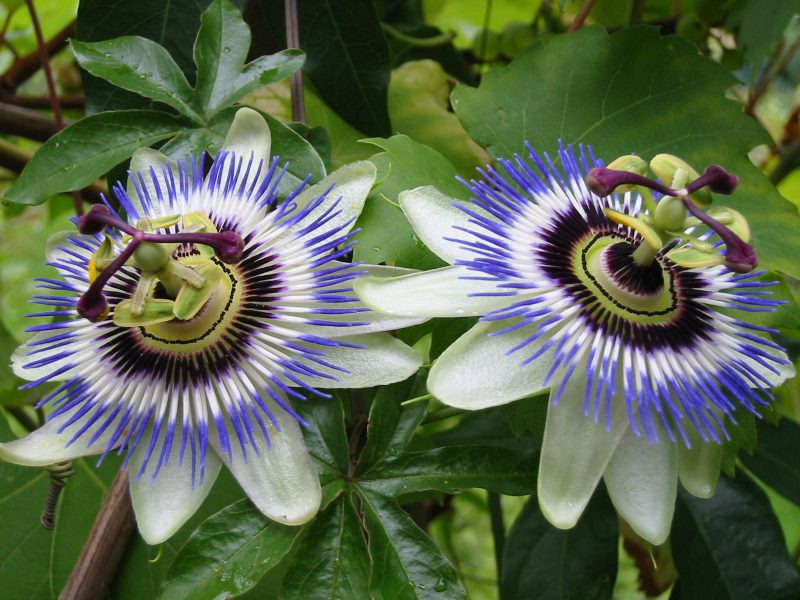
Symbolic flowers appear on each of my print covers as well, on both the front covers and the spines of my paperbacks and hardbacks. These flowers are:
- A peach-colored rose on Necessary Sins, representing a Jaune Desprez.
- A pomegranate blossom on Lost Saints. Joseph reflects on how a pomegranate was either the Tree of Life or the forbidden Tree of Knowledge in the Garden of Eden.
- A passion flower on Native Stranger.
- A forget-me-not on Sweet Medicine, foreshadowing a major character death in the final book of the Lazare Family Saga.
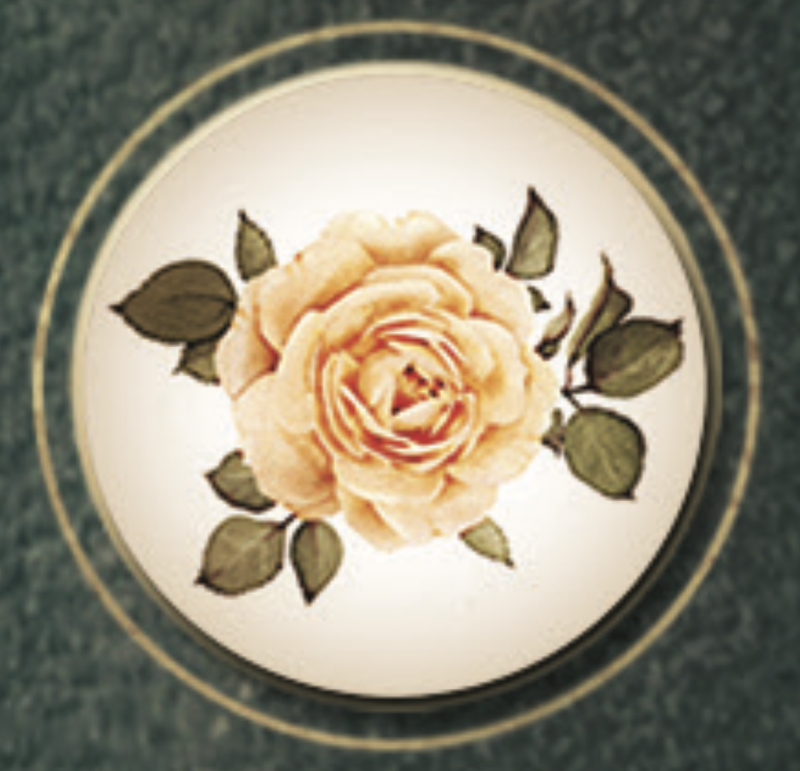
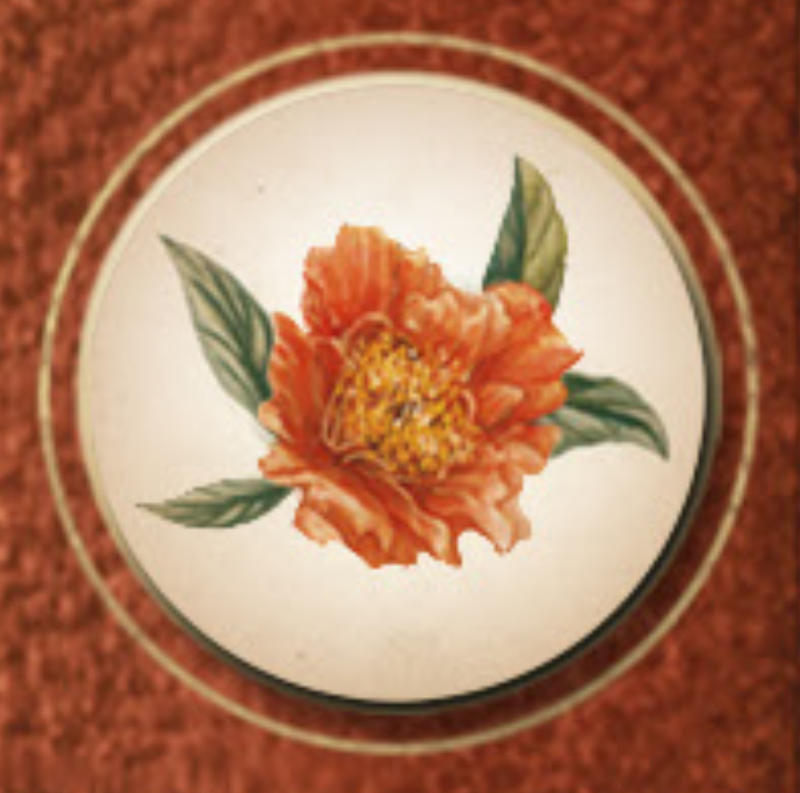

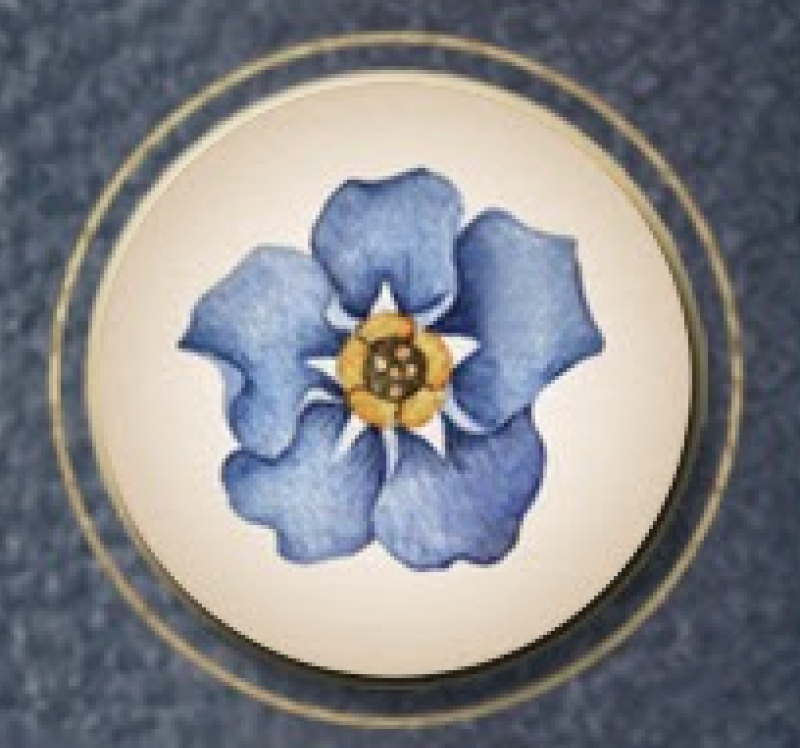
Flowers symbolize the brevity of life and beauty, but they also symbolize resurrection: they are reborn every year. I hope you’ve enjoyed this sampling of flower meanings as well as the flower images—and I hope something is blooming near you right now.
Do you know the meanings of your favorite flowers? Many Victorian flower dictionaries have been digitized. Here’s one published in Philadelphia in 1848. The two secondary sources I used most often were Tussie-Mussies: The Victorian Art of Expressing Yourself in the Language of Flowers (1993) by Geraldine Adamich Laufer and The Meaning of Flowers: Myth, Language, & Lore (1998) by Gretchen Scoble and Ann Field.

